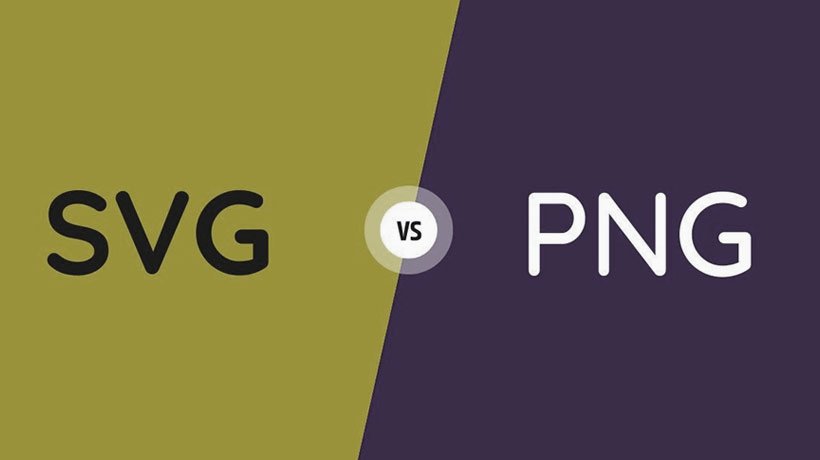Web Design Essentials: Choosing Between PNG and SVG for Your Images
When it comes to web design, the appearance, functionality, and user experience of a website may all be greatly impacted by the format of the images used. The two widely used picture formats, SVG (Scalable Vector Graphics) and PNG (Portable Network Graphics), each have special characteristics and applications. This blog article will discuss the fundamentals of web design and walk you through the process of deciding which format to use for your images—PNG or SVG.
1 – Understanding PNG:
The web makes extensive use of the raster image format known as Portable Network Graphics, or PNG. Because it offers lossless compression, it is perfect for photos that need to have a lot of clarity and detail. PNG pictures’ capability for the alpha channel makes them ideal for photos, complex graphics, and transparent images.
When to Choose PNG:
- Complex images with detailed graphics.
- Photographs and images requiring high-resolution.
- Transparency is a crucial element in the design.
2 – Embracing SVG:
SVG stands for Scalable Vector visuals, a vector picture format that defines visuals using XML-based code. Since SVGs don’t care about resolution as raster pictures do, they’re perfect for responsive web design. Because SVGs can be resized infinitely without sacrificing quality, they are ideal for basic graphics, logos, and icons.
When to Choose SVG:
- Icons, logos, and simple illustrations.
- Responsive design, as SVGs can scale seamlessly.
- Animations and interactive graphics.
3 – File Size Considerations:
The optimization of performance is an essential component of web design. PNG graphics have the potential to be really huge, particularly for high-resolution graphics, which might slow down how quickly pages load. SVG files, on the other hand, may be further reduced without sacrificing quality and are often smaller.
– Tip: When deciding between PNG and SVG, take into account the total page load time as well as the significance of immediate accessibility.
4 – Transparency and Backgrounds:
Transparency is supported by both PNG and SVG, although they handle it differently. PNG is appropriate for pictures with complex transparency requirements since it defines transparency via an alpha channel. Conversely, SVG offers a flexible solution for a range of design needs by utilizing the “fill-opacity” feature to provide transparency.
5 – Browser Compatibility:
It is crucial to verify that image formats work with various browsers. PNG is uniformly rendered since it is extensively supported by all major browsers. SVG is similarly well-supported, although it’s important to be mindful of any problems, particularly when using outdated browser versions.
Conclusion:
When deciding between PNG and SVG in the dynamic realm of online design, it’s important to take into account aspects like browser compatibility, file size, transparency requirements, responsiveness, and picture complexity. Comprehending the advantages of every format enables designers to create well-informed choices, guaranteeing that the selected photographs enhance an aesthetically pleasing, swiftly loaded, and flawless user experience on the internet. Whether it’s the scalable adaptability of SVG or the realistic realism of PNG, adding these web design fundamentals will definitely improve your website’s functionality and appearance.



